Megacities will soon be the norm. Is the world ready?
The age of the megacity is at hand. Defined as urban areas with 10 million or more inhabitants, megacities number around three dozen or so worldwide. By the dawn of the next decade, there will be 43, the UN estimates, and it’ll be 50 quickly. By the middle of the century, about 2 in 3 people on earth will live in a city – the figure was 3% in 1800 – and perhaps 1 billion or more of us will live in a megacity. Urban populations are rising so quickly, geographers might need to change the definition of a megacity, as an urban area with more than 10 million people residing in it will be commonplace. Getting to the point where those megacities function like a finely tuned machine, though, will take a lot of planning in not a lot of time.
Housing & Services

People are flocking to megacities because that’s where the opportunity is. They’re often the economic engines of their countries, and they’re connected to the rest of the world in ways smaller cities and towns aren’t.
Especially in the rapidly urbanizing global south, expansions aren’t always planned out. Often, migrants from rural areas move to and build upon ramshackle settlements. Over a billion people live in slums today, and there will be 3 billion people in need of adequate affordable housing by 2030. Megacities not only need to construct a lot of housing quickly, they need to expand energy infrastructure, waste management, and food systems to service all these new residences.
“This means developing solutions that contribute to the thermal, acoustic and visual comfort of the occupants and improve indoor air quality, while reducing the energy consumption of buildings. These solutions must also conserve natural resources and decrease carbon footprints, mainly as a result of their reduced weight, recycled material content, and recycling capacity at the end of their useful life,” UN Habitat’s Christophe Lalande told ArchDaily.
Even as city limits expand to cover more ground, megacities need to make most of the space they take up. They’ll need to get creative with adaptive reuse the way Melbourne has, with historical buildings preserved and retrofitted for residential purposes.
“Old buildings, when properly renovated or restored, can use less energy than flash new buildings (even those badged as sustainable) that set up problems for themselves by over-glazing, or by creating deep floor plates requiring ventilation fans and lights on all day,” Paul Stoller, director of environmental design consultant Atelier Ten, Australia, told the Guardian.
Those buildings will need smart water systems like the ones Acciona Agua has brought to Spain that monitor water quality and send out alerts in the event of leaks or abnormally high usage. And they’ll need co-generation or tri-generation HVAC systems like those deployed in Sydney civic buildings that capture and use excess heat and generate electricity near where it’s used.
Point A to Point B

Once housed, the people inhabiting these megacities need a way to get from place to place, ideally one that doesn’t result in widespread air pollution and gridlock twice a day. Cars are a part of that, but parking takes up valuable space that could be better used for other purposes, like urban farming. Self-driving cars and ridesharing can keep people moving without cars stopping quite so often. And those cars are better suited for use on freeways as opposed to surface streets with constant starting and stopping.
Megacities will also need better mass transit systems, including dedicated lanes for buses to cut through traffic, light rail that brings large numbers of people to concentrated areas, safe bike lanes, and elevated pedestrian paths. Cities along coasts, rivers, or canals can even use the water to move people around, like Tokyo’s commuter ferry service.
“We have a full spectrum of solutions, but the applicability is location- and time-specific; you really need to find the correct match so that the problem can be addressed in a positive way,” Illinois Tech professor of civil and architectural engineering Zongzhi Li, one of the authors of “Megacity Mobility,” said.
The more uninterrupted traffic flow, the better, Li says. He even suggests megacities partner with businesses to allow more telework where possible and make work schedules flexible enough that there aren’t two heavy rush hours each day.
“We completely discourage single-occupancy vehicle usage, and we want to spread the travel almost evenly across 24 hours of a day,” says Li. “So we can promote solutions for travel demand management that consider where people will need to travel at what times,” he said.
Another key in spreading traffic out is to design polycentric cities so people aren’t commuting to one downtown or central business district, but several. Fifteen-minute cities that make the most of mixed-use developments can ensure that people can work, play, and live in a relatively small area no matter how big the megacity gets.
Metacities

Keeping megacities humming will require unprecedented communication across regions as the mother cities incorporate smaller ones into their orbits. They’ll need to coordinate on mass transit projects running between them and on scheduling when those projects are up and running.
“At the micro-level, satellite cities must be developed to deflect burgeoning populations out of megacities,” Guanghua Wan, principal economist at the Asian Developmental Bank, told Geographical. “The key is to link the main and satellite cities by rail-based transport systems, not highways.”
As these areas swell in size, they’ll eventually develop into metacities, where 20 million or more people live in close proximity in a massive conurbation. Consider China’s Pearl River Delta, where the large cities of Guangzhou, Shenzhen, Dongguan, and Foshan are converging into an agglomeration that’s home to more than 30 million people. Add in nearby cities, including Hong Kong and Macao, and you have more than 70 million people clustered in nine cities in the Greater Bay Area.
China has a long-term vision to integrate transportation, energy, and telecommunications systems throughout the region.
“We have to accept that we can’t not have megacities,” Erik Swyngedouw, a geography professor at Manchester University, told Geographical. “They will keep on expanding, and it’s unlikely that people will move en masse back to the countryside. The world we live in is an urbanized world.
“Cities have always been the laboratories of the future, but that doesn’t answer the question of how that laboratory will turn out. It may be quite nasty. These places are very explosive – that’s what happens in a laboratory. The challenge is to decide which bits of the laboratory we want to support, and which bits we should avoid.”
With not much time before megacities take over the world, we’ll see a lot of trial and error.
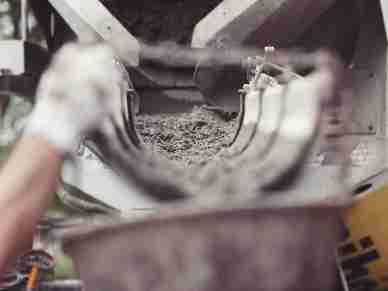


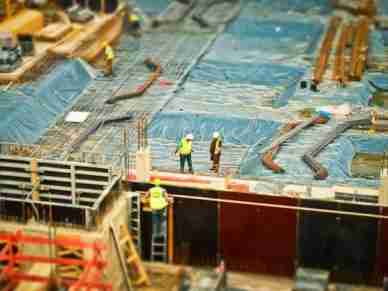
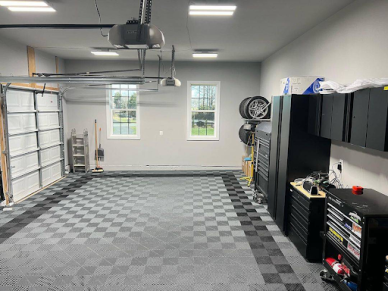
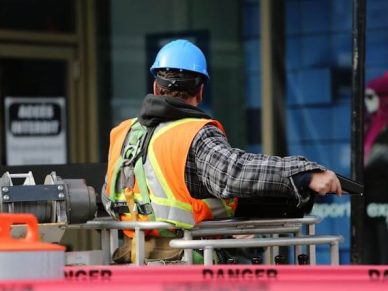
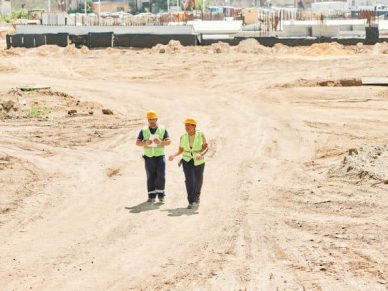
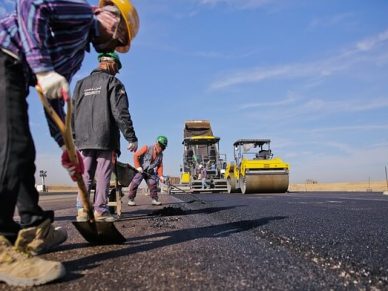
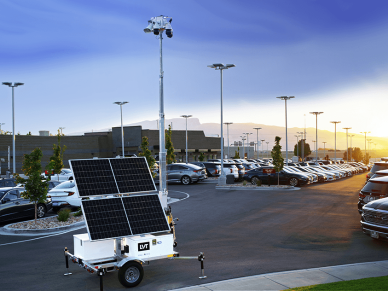

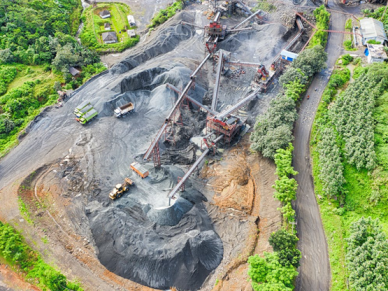





Leave a Reply